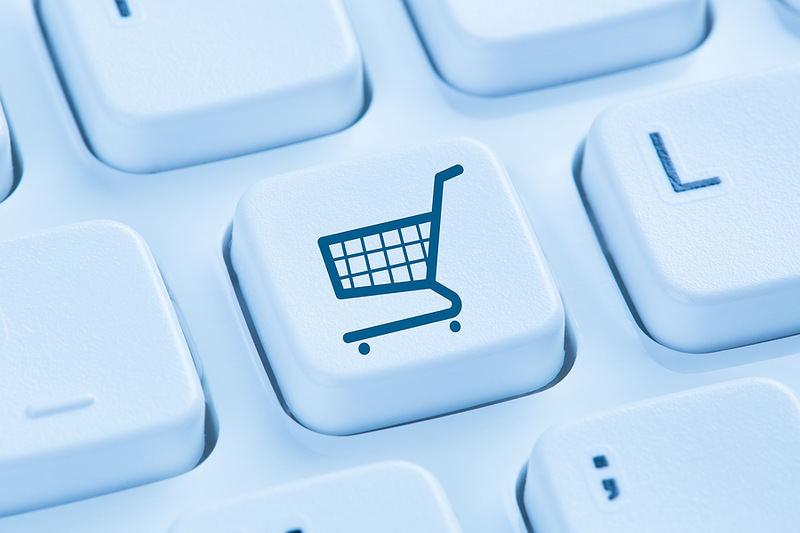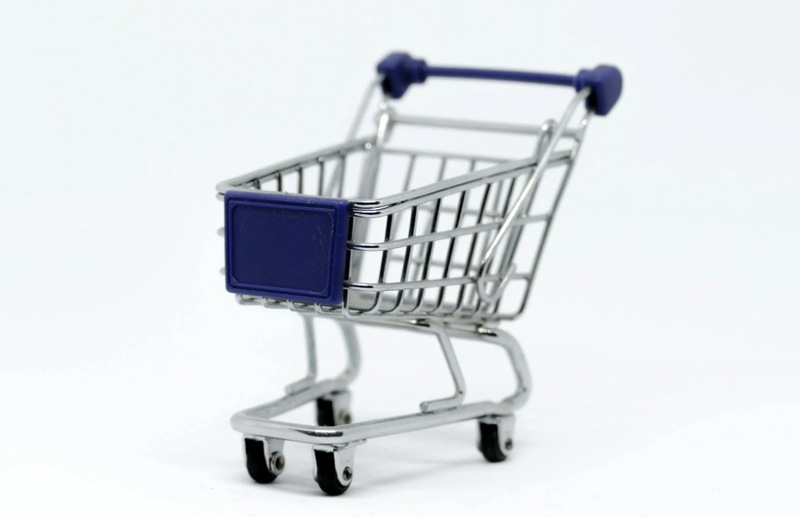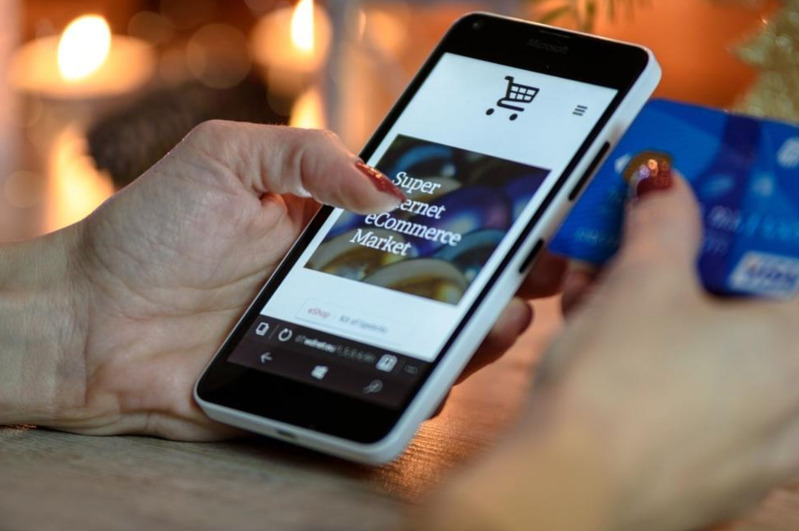
When you think of major e-commerce players, your mind probably jumps to Amazon, eBay, or perhaps AliExpress. But nestled in the Baltic region, a Lithuanian startup has quietly built one of the most successful online retail empires in Northern Europe. This is the story of Pigu.lt — a company that started in 2007 and transformed into the dominant force in Baltic e-commerce.
From Startup to Regional Powerhouse
The story begins with two entrepreneurs: Dainius Liulys and Donatas Karosas. They co-founded UAB Pigu in 2007. The timing was interesting — Lithuania was still finding its footing in the digital economy, and convincing people to shop online required genuine vision. Yet within a short period, the platform emerged as the local leader in e-commerce, proving that Lithuanian consumers were ready for the digital shopping revolution.
What set Pigu apart wasn’t just being first — it was being strategic. The platform currently offers over 8.3 million products across multiple categories, from electronics and home appliances to books and clothing. When customers began visiting pigu-lt for one product category and discovered they could purchase everything from a laptop to a lawnmower, the convenience factor became impossible to ignore.
The company’s ambitions didn’t stop at Lithuanian borders. By 2011, Pigu acquired 220.lv in Latvia, followed by dlb.ee (later rebranded as Kaup24.ee) in Estonia in 2013. This expansion strategy was deliberate — rather than spreading thin across Europe, Pigu focused on dominating the Baltic market where they understood the language, culture, and customer preferences.
The Marketplace Transformation

Many established retailers struggle to evolve their business models, but Pigu demonstrated remarkable adaptability. In 2019, the company launched its marketplace platform — a strategic pivot that opened the doors to third-party sellers. This transformation changed everything.
Instead of simply selling products from their own inventory, Pigu became an infrastructure provider. Other businesses, both large and small, could now reach Baltic customers through Pigu’s established platform. The marketplace model solved a critical problem: smaller retailers lacked the resources to build robust e-commerce systems, handle logistics, and provide customer service in multiple languages. Pigu offered all of this in a ready-made package.
Opportunities for Digital Entrepreneurs
The rise of platforms like Pigu demonstrates how digital hobbies can evolve into serious income streams or even full-fledged businesses. While not every digital project will scale to the magnitude of a regional e-commerce giant, the infrastructure provided by marketplace platforms has democratized access to customers across multiple countries. A seller in Poland can now reach customers in Lithuania, Latvia, Estonia, and Finland with minimal upfront investment — something nearly impossible a decade ago.
The Merger that Created a Baltic Giant
The year 2021 marked another transformational moment. Private equity firm Mid Europa Partners orchestrated the acquisition and merger of Pigu with Finnish e-commerce company Hobby Hall Group. This deal created PHH Group — the largest e-commerce entity in the Baltic region.
The merger combined several well-known online stores under one corporate umbrella:
- Pigu.lt: Leading platform in Lithuania
- 220.lv: Dominant player in Latvia
- Kaup24.ee: Major presence in Estonia
- Hansapost.ee: Additional Estonian operations
- HobbyHall.fi: Established Finnish marketplace.
PHH Group now completes approximately 5.9 million orders annually with a turnover of €260 million. Research by BPN Intense consistently ranks their brands in the top 10 most visited e-commerce websites in the Baltic countries.
The Competitive Edge

What makes Pigu.lt competitive in an era when international giants could theoretically dominate any market? Several factors contribute to their sustained success.
- Logistics and delivery infrastructure matter enormously in e-commerce: Pigu offers next-day pickup for popular items — including weekends — and provides multiple delivery options through various courier services, parcel shops, and dedicated pickup points.
- Local knowledge creates advantages: PHH Group’s platforms operate in five languages and understand regional payment preferences, which range from bank links to cash payments and various leasing solutions. They know that Estonian customers have different shopping habits than Lithuanian customers, and they adapt accordingly.
- The company invests heavily in technology: In 2025, PHH Group implemented Algolia, a leading AI-powered search technology, across all their websites. This upgrade allows customers to navigate millions of products more efficiently — a critical feature when your platform rivals the selection of much larger international competitors.
Lessons from the Baltic Success Story
The Pigu.lt story offers several insights for anyone interested in e-commerce, digital entrepreneurship, or regional business strategy.
- Market focus beats global ambition: Rather than attempting to compete everywhere, Pigu mastered the Baltic region. They understood their customers deeply and built infrastructure specifically for those markets.
- Platform models create exponential growth: By transforming from a retailer to a marketplace, Pigu multiplied its growth potential without proportionally increasing its operational burden. Third-party sellers brought inventory, yet Pigu captured value through commissions and services.
- Adaptability matters more than first-mover advantage: Pigu wasn’t the first e-commerce site in Lithuania, but they adapted faster than competitors — adding new markets, launching a marketplace, and merging when strategic opportunities arose.
- Local champions can thrive: Despite pressure from international giants, PHH Group’s platforms remain the most visited e-commerce sites in their respective markets. Being local isn’t a disadvantage — it’s a competitive strength when executed properly.
Since 2021, the company has operated one of the largest physical stores in the Baltic States in Vilnius, offering over 10,000 product names and a drive-in pickup point. This omnichannel approach — combining digital efficiency with physical presence — addresses customers who value the option to see products before buying or prefer immediate pickup.
